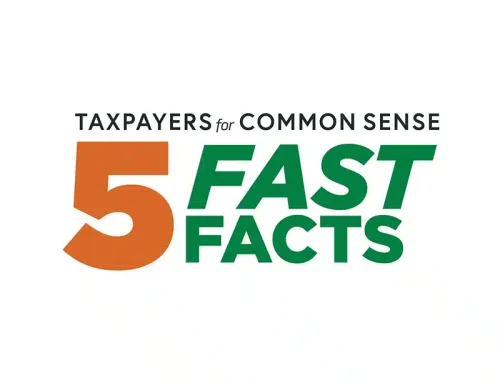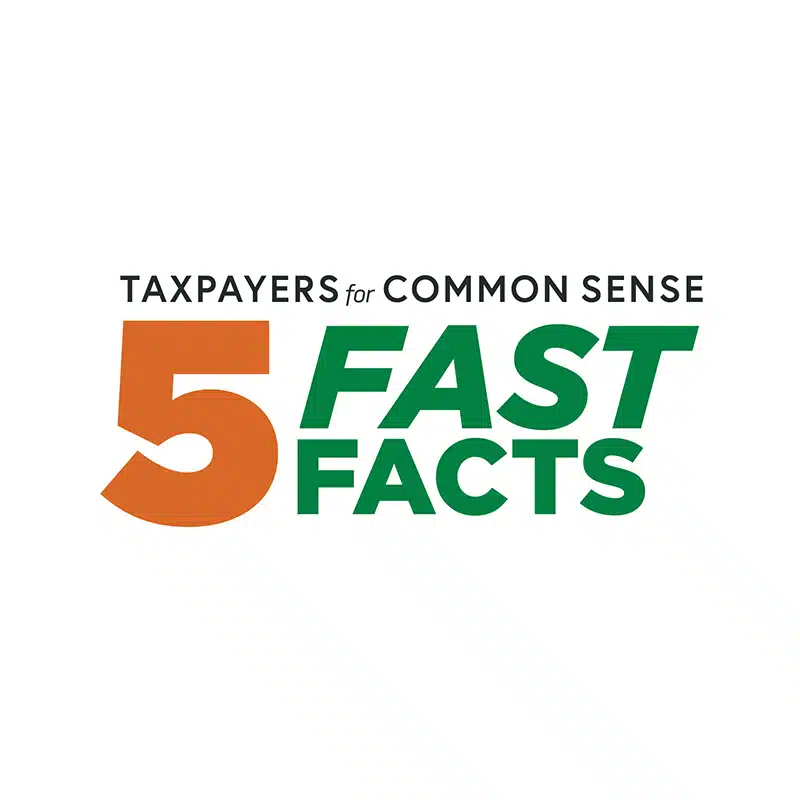Energy Legislation and Clean Energy Development
The House of Representatives took another step closer to considering energy legislation with committee passage of the Consolidated Land, Energy, and Aquatic Resources Act of 2009 (H.R. 3534). It is important for Congress to remember that the responsible development of clean energy is a critical piece of any energy solution.
Congress must establish a fiscally responsible and sustainable system for developing renewable energy on public lands, and not repeat costly mistakes made in the development other energy sources:
- Renewable energy potential on public lands in the United States is enormous, and very aggressive targets have been set to promote its expansion.
- Department of Interior (DOI) has had limited experience permitting renewable energy projects located on public lands.
- Renewable energy projects on public lands must provide for a fair return to taxpayers.
Current law ties the agency’s hands in efforts to account for these critical resource inputs. The more appropriate legal framework for conveying authorizations for commercial development of wind and solar power generation on public land is a system that competitively leases these inputs similar to the one used for nearly every form of energy development on public lands. Readily verifiable standards currently exist for determining which sites are prime for commercial wind and solar development, and Congress should require that these areas, if otherwise qualifying to be developed, be offered through commercial bidding procedures where a competitive interest exists.
- Congress must provide DOI with the full set of tools to establish a robust, responsible fiscal system to develop clean energy projects on public lands.
BLM issued an Instruction Memorandum (IM) in December 2008 that set fees for wind generation on public lands, which includes a rental fee as well as an additional fee based on a percentage of generating capacity.[5] On June 16, BLM issued an IM establishing similarly structured fees for solar development on public lands.[6] While these are good interim measures, the new BLM formula tries to capture the added value beyond the physical use of the lands, but will use federal rate of return based on bond rates (5 percent) for both wind and solar, rather than typical royalty rates (12.5 percent). Congress needs to grant BLM the authority to create a permanent system for leasing public lands for renewable energy development and collecting royalties based on percentage of gross proceeds from the sale of electricity produced–at a rate that ensures a fair return to the public.
- A competitive leasing system for wind and solar development is the simplest and fairest way to ensure fiscally responsible development.
- The system should include the authority to charge royalties linked to market prices.
The Government Accountability Office (GAO) has pointed out that a system of fixed royalty rates tied to production, rather than flexible royalty rates tied to prices, results in less revenue coming back to the government.[8] While the existing rental fee schedules for wind and solar attempt to account for resource inputs, they are unable to charge per unit of power produced, the most efficient method of capturing a fair return for taxpayers. Sound wind and solar programs should contain royalty provisions that may only be reduced or waived by the administrative agencies in very narrow, specified circumstances. Many current laws and regulations establish royalties that replace rentals for the use of the federal lands, and then often are reduced or waived, seldom increased, and are not linked to market prices. Linking royalties to market prices would: avoid the necessity for Congress to step in with corrections (that may be difficult to put in place); ensure a fair share of high profits would be captured for the public; allow the lessee to get relief during down years, thereby avoiding most “hardship” cases that result in waivers; and assure more consistent revenues.
- Fees should be clear and predictable, discourage specious or speculative bidding, and encourage diligent development; On-ramps and phase-in should be evaluated
[1] Bureau of Land Management Instruction Memorandum No. 2010-141, June 10, 2010.
[2] Testimony of Mr. Craig Matacynski on behalf of the American Wind Energy Association and the Solar Energy Industries Association, House Committee on Natural Resources Hearing on H.R. 3534, September 17, 2009.
[3] Testimony of Craig Mataczynski, House Committee on Natural Resources Hearing on H.R. 3534, September 17, 2009.
[4] Pub. L. No. 94-579, 90 Stat. 2744, 43 U.S.C. §§ 1701, et seq. 43 U.S.C. § 1701(a)(1) states that it is the policy of the United States that lands be retained in federal ownership unless the planning processes indicate that disposal of a particular parcel would serve the national interest, and § 1701(a)(7) provides that they be managed for multiple use and sustained yield.
[5] Instruction Memorandum No. 2009-043
[6] Instruction Memorandum No. 2010-141
[7] Minerals Management Service, Renewable Energy and Alternate Uses of Existing Facilities on the Outer Continental Shelf; Final Rule
[8] U.S. Gov’t Accountability Office, GAO-09-1014T, Federal Oil and Gas Management: Opportunities Exist to Improve Oversight, (September 16, 2009).
[9] The Energy Policy Act of 2005 (Sec. 224 (a) (1)) established a two-tiered system for collecting geothermal royalties from new leases on public land.











Get Social